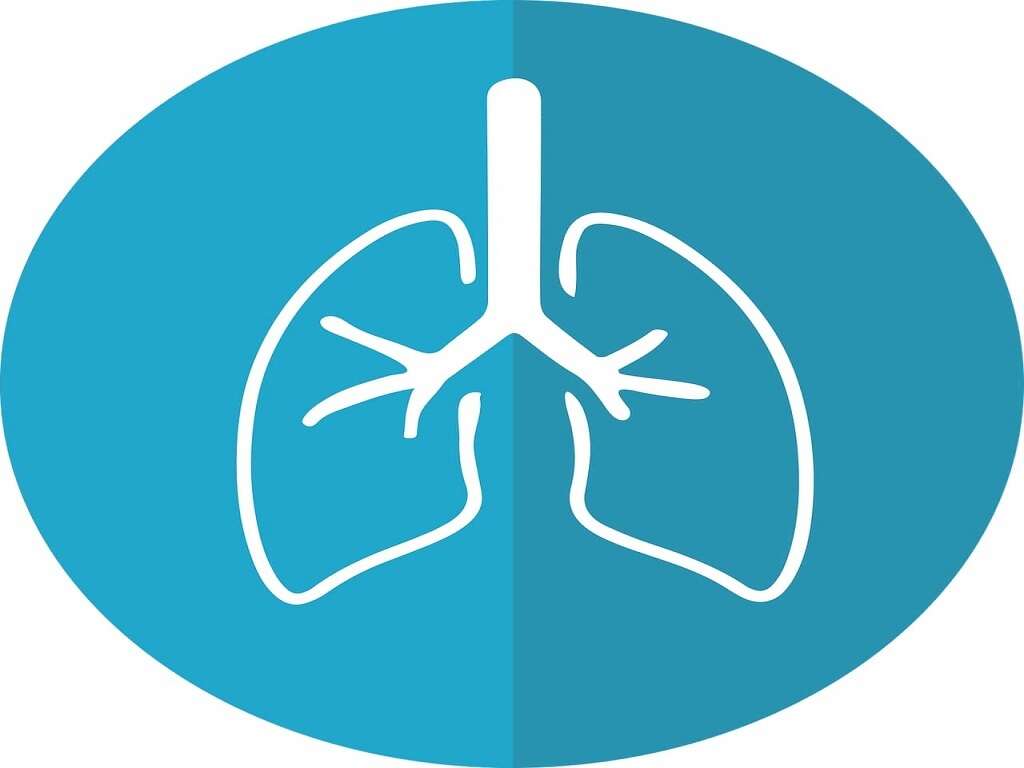10 Symptoms of Legionnaires Disease
Legionnaires’ disease is an infection of the respiratory tract that is caused by the Legionella pneumophila bacterium. It is considered to be a severe form of pneumonia and it is transmitted through inhalation of aerosolized water sources that are contaminated with the bacteria. These include cooling systems, humidifiers, showers, etc. Importantly, it cannot be transmitted from person to person.
There are several factors that increase the risk of contracting the infection. Those most at risk are the elderly, smokers, people with chronic lung disease, and immunocompromised patients (i.e. patients with AIDS).
Initially, the symptoms appear to be mild and include two days of headache and muscle aches, followed by fever and chills. Because of this, it will often not be diagnosed in its early stages. As the disease progresses, pulmonary, musculoskeletal, neurologic, and gastrointestinal symptoms can also appear. Luckily, this disease is treatable with antibiotics; but, occasionally it can be life-threatening.

Symptom #1: Headache
When we have a headache, most of us will just try to carry on regardless, depending on how painful it is. Usually, it is not too much to worry about.
A headache is a common initial symptom of Legionnaires’ disease. Because headaches are so common, though, it is quite likely that it will be brushed aside, at least until more symptoms develop. On the other hand, neurologic involvement can also be seen as sequelae of Legionellosis, and it commonly presents with headaches and altered mental status (i.e. confusion, disorientation, agitation).

Symptom #2: Fever
A fever is perhaps one of the most common symptoms that anyone is likely to encounter. Fevers are actually part of the body’s self-defense mechanism. Fever is defined as a temperature of 100.4° F or greater, measured with a thermometer. A person with fever may refer feeling warm to the touch, or give a history of feeling feverish; however, the use of a thermometer is necessary to provide your doctor with accurate information.
Fever is one of the initial symptoms of Legionnaire’s disease. It can be accompanied by chills, headache, and muscle aches.

Symptom #3: Chills
Another common symptom is chills. Chills make us feel cold, even when we are in a hot room. This leads to wrapping ourselves in multiple layers and trying to stay under the blankets to keep warm.
We will normally experience chills when our bodies are very hot with a fever as chills are part of the process that helps heat up our bodies to fight off disease. Like a fever, they are not usually something to be concerned about but should be monitored. Chills are a common symptom of Legionnaires’ disease but will often be overlooked as being something less severe.

Symptom #4: Muscle aches
Pain is among the most unpleasant symptoms illnesses can cause. Myalgia, also known as muscle aches, is a common symptom of a variety of diseases, and it can affect any muscle in the body. Myalgias can also involve the soft tissues that connect muscles, bones, and organs (i.e. ligaments, fascia, tendons).
Legionnaire’s disease causes muscle aches as an early symptom in many patients, indicating the start of the disease. Other possible causes of myalgias include certain drugs, trauma, overuse, muscle tension, and other infectious illnesses (i.e. influenza, malaria, Lyme disease, dengue fever).

Symptom #5: Chest Pain
When we feel a pain in the chest it will often cause some alarm, and for good reason. While pain in this area is not always caused by something dangerous, it is still a good idea to pay attention. Pain in this area may indicate that there might be something wrong with our chest cavity (i.e. ribs, chest muscles, etc.), the gastrointestinal tract (i.e. peptic ulcer disease), or with essential organs such as the lungs or even the heart.
One symptom of Legionnaires’ disease is that you will feel pain in the chest area. This symptom is usually a manifestation of pulmonary involvement. This condition commonly causes pleuritic chest pain, which is caused by the inflammation of a tissue that lines the lungs and the chest cavity, known as pleura. Specifically, the parietal pleura, which lines the chest cavity, is the one that senses pain and transmits it to the nervous system. This pain is characterized by a sudden stabbing pain in the chest, and it will be exacerbated by breathing. Pleuritic pain may also be referred to the neck or shoulder, depending on how close the inflammation is to the diaphragm. Pleuritic pain in Legionnaire’s disease may be accompanied by cough, shortness of breath, and even hemoptysis (coughing up blood).

Symptom #6: Shortness of Breath
Shortness of breath, also known as dyspnea, is a common symptom in many diseases. The sensations reported by people with dyspnea vary and they include chest tightness and increased effort of breathing to “air hunger”.
Dyspnea can be a symptom of Legionnaire’s disease because it frequently causes pneumonia. Pneumonia is an inflammatory condition of infectious nature, that primarily affects the tiny air sacs that form the lungs (alveoli). It can vary from mild to severe, and it can be caused by several pathogens. Classic symptoms of pneumonia can include dyspnea, cough (productive or nonproductive), fever, and chest pain.

Symptom #7: Cough
Coughing is common. You don’t even need to be ill to do it. If you inhale something you shouldn’t (i.e. irritants), for example, you will begin to cough to try and expel it from your airway. Sometimes, though, coughing can also be caused by some fairly serious illness.
People with Legionnaires’ disease are likely to develop a cough. At first, it will be non-productive (no mucus or phlegm production), but as the disease progresses cough may become productive. This is because the lungs are trying to expel fluids (i.e. mucus) that have accumulated in the airway as a result of the inflammatory process that occurs in pneumonia. Furthermore, roughly one-third of patients with legionnaire’s disease may also report hemoptysis or the coughing up of blood that originates from the airway.

Symptom #8: Vomiting
Food poisoning and indigestion are common causes of gastrointestinal symptoms these days, such as diarrhea and vomiting. However, there are more serious infectious diseases that will also course with similar symptoms.
Aside from respiratory symptoms, people that suffer from Legionnaire’s disease can also exhibit gastrointestinal symptoms. These include vomiting, nausea, watery diarrhea, and abdominal pain. Be sure to seek medical attention if the gastrointestinal symptoms are severe in order to minimize the risk for dehydration and other complications.

Symptom #9: Anorexia
Anorexia is a common symptom of many infectious diseases. It can be defined as a loss of appetite for food. Importantly, it must not be confused with anorexia nervosa, an eating disorder.
When our body recognizes a foreign pathogen, the immediate response is to initiate an acute phase response. This process is characterized by the production of substances known as cytokines, which are proteins specialized in cell signaling. Cytokines exert many important functions during Legionellosis; however, they are also known to induce anorexia (via several pathways).

Symptom #10: Confusion
Legionnaire’s disease can also cause neurologic symptoms, the most common being alterations of mental status. Confusion is a symptom that speaks of an altered mental status, and it refers to a sudden change in a patient’s awareness. Confused patients might struggle to remember things, they may feel disoriented, and unaware of their surroundings.
Other neurologic symptoms that might be seen in legionnaire’s disease include lethargy (pathological state of sleepiness) and headaches. Most of these symptoms won’t be recognized by the patient, instead they will be noticed by their family or medical professionals.










